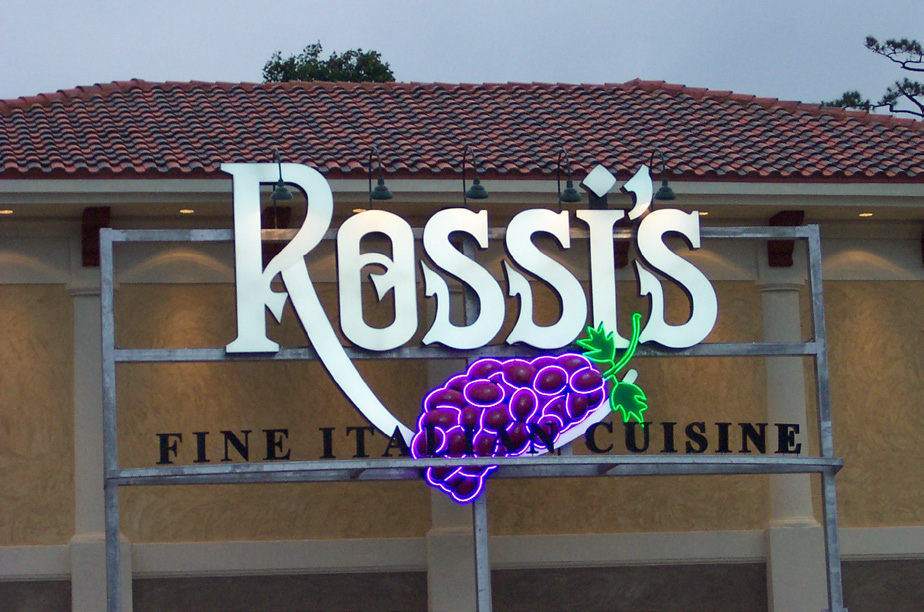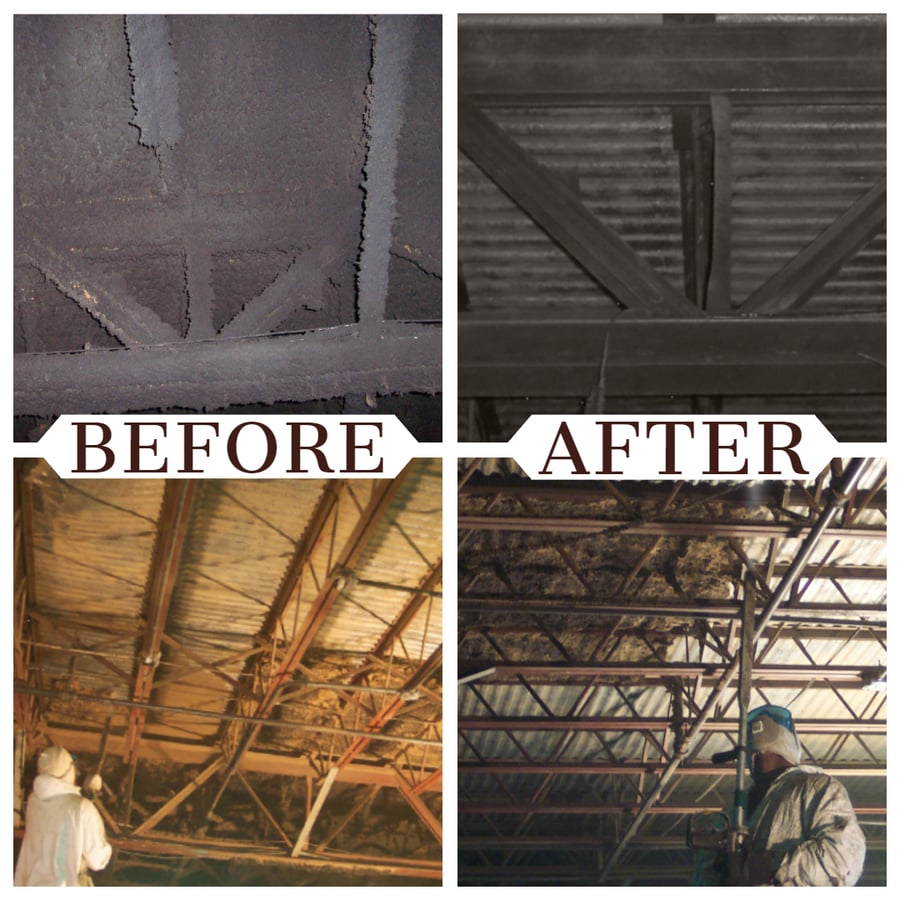Rossi’s Fine Italian Cuisine Restaurant in Myrtle Beach, South Carolina has been proudly serving locals and tourists alike since 1987. The restaurant experienced a fire, which caused smoke and soot damage throughout the 10,000 square foot restaurant.
A sound deadener on the ceiling also had to be completely removed due to the smoke and odor from the fire. The restaurant hired Advanced Indoor Air Quality Care to clean the smoke damage.
The Problem
Fire and smoke not only damages surfaces and materials but it also causes a strong odor, which permeates throughout structures.
Traditional cleaning methods to remove smoke damage, such as hand scraping, are labor intensive and don’t remove odor, while other methods like soda or sand blasting create large amounts of secondary waste that need to be cleaned up as well.
Based on the size of the space to be cleaned, traditional methods were estimated at:
- 12-16 days to complete
- up to 12 workers on the job
- added time of a secondary mess cleanup
The Solution
U.S. Air Quality Care decided that dry ice cleaning would be the perfect solution for this project.
Cold Jet’s dry ice cleaning system uses non-abrasive media in the form of recycled CO2 pellets that will not damage surfaces or equipment. The combination of dry ice cleaning’s kinetic energy and thermal effect breaks the connection between the dirt and surface, lifting away contaminants.
Unlike blasting with other media, dry ice cleaning:
- does not leave any secondary waste, because the dry ice particles sublimate upon impact – converting from solid to gas
- is safe and non-toxic
- does not create downstream contamination
- reduces or eliminates employee exposure to dangerous chemical cleaning agents
Dry ice cleaning is much faster than traditional methods. In general, dry ice cleaning produces the following restoration rates: wood (7-10 ft2/min), painted metal (5-7 ft2/min), and brick (10+ ft2/min).
Cold Jet dry ice cleaning has become the preferred method to remove smoke soot, vaporized synthetic resins and char. It has even been known to eliminate the musty burnt smell that results from fire and smoke damage. Cold Jet provides a fast and efficient removal of smoke damage even in the tight angles of trusses and around nails, wiring and all plumbing without damage to the surface integrity.
Learn more about dry ice blasting.
The Results
Using dry ice blasting, the job took approximately eight days of blasting with three machines and eight people involved - about half of what was estimated by the alternative methods.
In addition to the material removal, dry ice cleaning removed the odor from the structure that other methods could not have achieved.
“Cold Jet’s equipment is bar none the best cleaning quality we can achieve,” said Tom Monacelli, Advanced Indoor Air Quality Care. “Coatings and deodorizers are used at a minimum because it eliminated 100% of the charred wood and carbon which houses the smell.”
By using dry ice cleaning over alternatives, Advanced Indoor Air Quality Care estimated a 70% reduction in labor costs - saving an estimated $20,000. The contractor successfully completed this project by decreasing project costs and increasing cleaning speed.
.png) English
English

